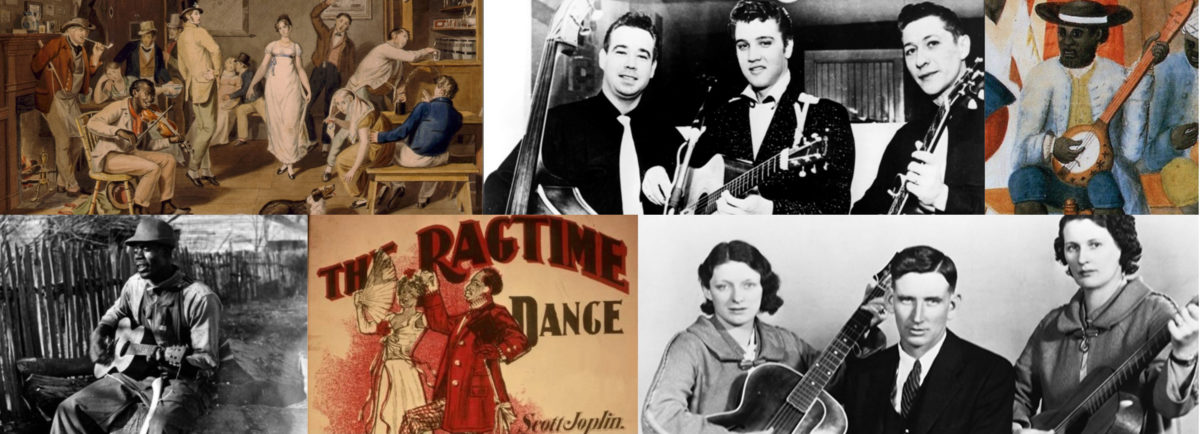Audio Investigation Slide
Changes: Audio Investigation Slide
-
- Click the link above to launch the slide deck (3 slides).
- Students will Google “George Floyd protests” to find images from protests held in major cities across the U.S. in 2020. Choose three images (one picture to address each) that, in their opinion, answer each of the following questions particularly well.
-
- Who is protesting?
- Why did the protests occur? (What is the greater problem? What needs to be changed?)
- How are the protestors either directly affected by the problem or how do they feel about it?
-
- For each image, students write a brief caption in their own words to explain why the image addresses the questions so well.
- Advance to slide #2.
- Invite students to answer the following question shown on slide #2:
-
- Based on the answers provided by the images you selected, as well as your own knowledge of the events and protests, do you think that the changes demanded by the protestors can be achieved?
-
- You may want to share one example/explanation for each image, but allow at least 2-3 students to share their responses to the question above.
- Advance to slide #3.
- Note that the song "Changes" was recorded in 1992.
- Click the media player in the bottom right corner of the slide to begin audio playback of the song.
- Invite students to respond to the following questions shown on slide #3:
-
- Thinking about all the questions you answered about the 2020 protests, what similarities and differences do you see in the story told in the song lyrics? List as many as you can.
- Considering these similarities and differences, are you more or less optimistic that the changes demanded by protestors in 2020 can be achieved? Why?
-
Recommendations
This song is useful for introducing a lesson on economic, social, and cultural developments in contemporary United States, particularly those that concern ongoing inequality and inequity based on race and the emerging movements that seek to address those disparities.
You can provide context for the song by covering in a brief overview some of the major events of the early 1990s. Although not released until 1998, in 1992, the year that the song was recorded, riots lasting six days erupted in Los Angeles in response to the acquittal of the police officers who were filmed brutally beating Rodney King, a Black man who had led police on a high-speed chase while driving drunk. Similar to 2020, riots occurred in other major cities, though they were smaller and fewer in number. Additionally, the late 1980s-early 1990s were the peak years of the crack epidemic in the U.S., and the evident disparities in the punishment for possession of crack cocaine versus cocaine powder were a source of controversy. Possession of crack cocaine resulted in longer sentences and heavier fines than those for possession of cocaine powder, and crack cocaine users were predominantly Black while cocaine powder users were predominantly white.
From this point, you may want to backtrack and either review or introduce the topic of the general exclusion of Black people from the prosperity of the post-WWII era through limitations on the G.I. Bill, the practice of redlining and racial restrictive covenants, federal cuts to social safety net programs beginning in the late 1960s, and Nixon’s launch of the war on drugs, which continued to be a major policy priority through the early 1990s. This background, combined with the subject matter of the song, provides a solid foundation for students to identify and explain change and continuity over time, and to think about and discuss the concept of systemic racism.
Vocabulary
Huey – Huey P. Newton, co-founder of the Black Panther Party; shot and murdered in 1989
Additional Resources
Primary Source Strategies
Printable worksheets with response prompts that guide students in analyzing songs as primary sources.

